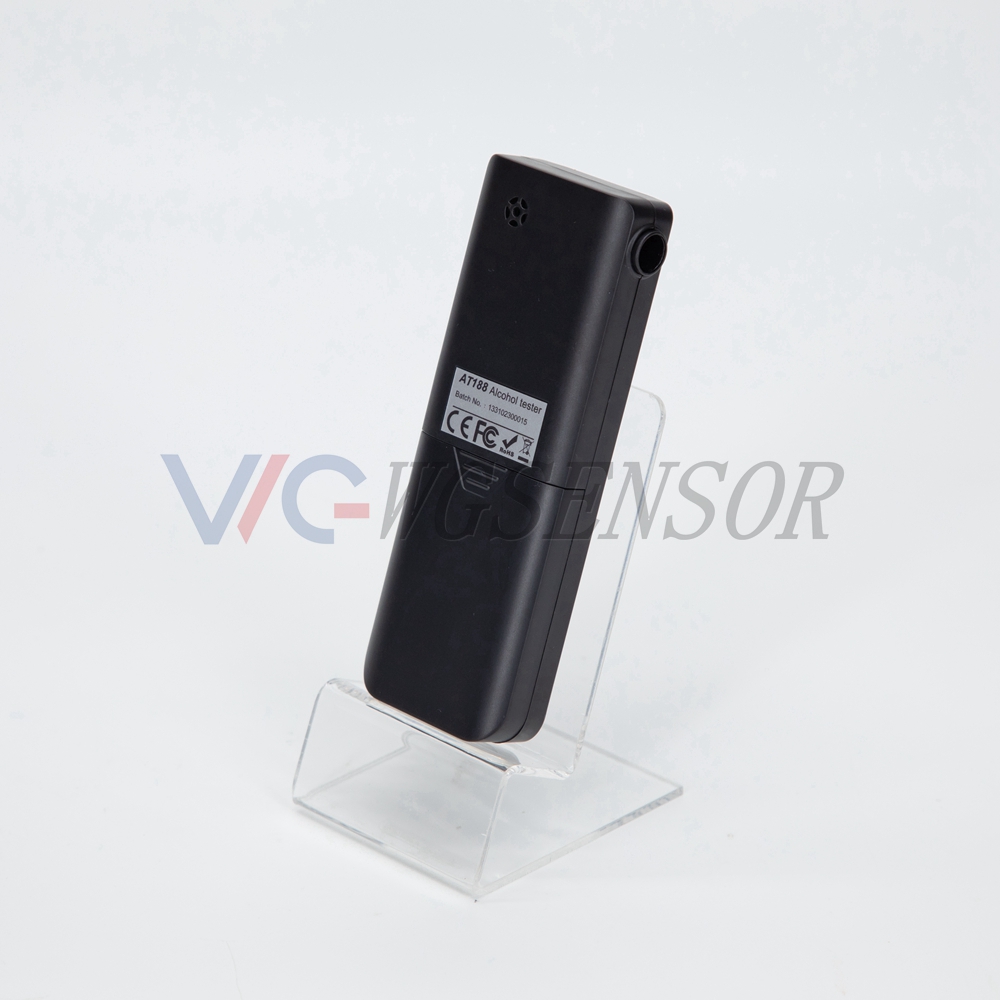Using a breath alcohol tester, commonly known as a breathalyzer, is a straightforward process. These devices are designed to measure the concentration of alcohol in a person’s breath and provide an estimate of their blood alcohol content (BAC). Here’s a general guide on how to use a breathalyzer:
-
Read the Instructions: Always start by carefully reading the manufacturer’s instructions that come with the device. Different breathalyzers may have specific requirements and calibration procedures, so it’s essential to follow the provided guidelines.
-
Prepare the Device: Ensure that the breathalyzer is clean and free from any obstructions. Some devices may require a warm-up time before use, so check the instructions for any specific pre-testing procedures.
-
Insert Mouthpiece: If your breathalyzer uses disposable mouthpieces, insert a new, clean one into the device. The mouthpiece helps in capturing a controlled breath sample.
-
Turn On the Breathalyzer: Power on the device according to the manufacturer’s instructions. This often involves pressing a button or flipping a switch. Wait for the device to complete any initialization or warm-up process.
-
Take a Breath Sample: Follow the instructions on how to blow into the breathalyzer. It typically involves blowing steadily and forcefully into the mouthpiece for a few seconds. Some devices may have a specific blowing duration or airflow rate, so be sure to follow the guidelines closely.
-
Wait for the Results: After providing the breath sample, wait for the breathalyzer to analyze the alcohol content. The device will display the BAC level on the screen. This result is an estimate, and for legal or medical purposes, more accurate testing methods may be required.
-
Note the Reading: Take note of the BAC reading displayed on the breathalyzer. Different jurisdictions have varying legal limits for BAC while driving, so be aware of the applicable limit in your area.
-
Interpret the Results: Understand the implications of the BAC reading. If the result is below the legal limit, it suggests that you are within the legal range for driving. If it exceeds the limit, it’s advisable not to operate a vehicle and to seek alternative transportation.
-
Calibrate and Maintain: Follow the manufacturer’s recommendations for calibrating and maintaining the breathalyzer. Regular calibration ensures accurate results over time.
Remember that breathalyzers are not infallible, and various factors such as recent alcohol consumption, medical conditions, and environmental factors can affect the accuracy of the readings. It’s crucial to use these devices as a reference and not as a definitive measure of intoxication. If there are any doubts about your ability to drive safely, it’s best to err on the side of caution and avoid getting behind the wheel.

